Performance Test of Artificial Defoliating Broccoli Conveyor Line and Analysis of Defoliating Broccoli Inflorescences
Abstract
:1. Introduction
2. Materials and Methods
2.1. Physical Morphological Characteristics of Broccoli
2.2. Experimental Design of Broccoli Stem and Leaf Mechanics
2.3. Mechanical Strength Analysis of Broccoli Stems and Leaves
2.4. Broccoli Stress Relaxation Model Theory
2.5. Broccoli Drop Injury Test
2.6. Working Mechanism of Broccoli Artificial Leaf Removal Line
3. Results and Discussion
3.1. Physical Experimental Analysis of Broccoli Stems and Leaves
3.2. Experimental Analysis of Broccoli Stem and Leaf Mechanics
3.2.1. Broccoli Stem and Leaf Tensile Test
3.2.2. Broccoli Stem and Leaf Shear Test
3.2.3. Broccoli Stem and Leaf Bending Test
3.2.4. Broccoli Stem and Leaf Compression Test
3.3. Primary and Secondary Analysis of Mechanical Injury Characteristic Factors of Broccoli
3.4. Broccoli Stem and Leaf Separation Model
3.5. Three-Dimensional Model and Dynamic Conveyor Model of Broccoli Leaf Removal and Packaging Conveyor Line
4. Conclusions
- The mechanical and physical characteristics of mature broccoli have guiding significance for the separation of stems and leaves. In this paper, the relative physical property parameters of “sunny” broccoli were measured. The height of mature broccoli plants presents as a normal distribution in the field, with an average height of about 65 cm, an average petiole diameter of 12.72 mm, and an average leaf number of 17.56 leaves. The mechanical properties of broccoli petiole were tested by a texture analyzer. The mean stretch limit force of broccoli petiole is 193.41 N, the mean shear limit force is 393.53, the mean bending limit force is 19.60 N, and the mean compressive limit force is 391.39 N. The model of stem and leaf separation also showed that the shear method was more suitable for stem and leaf separation than the stretching method.
- The dynamic characteristics of a conveyor belt mainly refer to the hysteresis characteristics, creep characteristics and relaxation characteristics of the belt. The conveyor belt in the manual leaf-removing conveyor line often uses a rubber belt, which has certain creep properties. Therefore, the spacing of broccoli on the conveyor belt is not entirely a fixed value, but shows a distribution situation from small to large spacing. Using this, a combination of man and machine can be used to match the manual packing speed with the conveyor belt transportation speed.
- The optimized design of the manual leaf-removing and dispensing conveyor line improves the stability and efficiency of the leaf removal. The conveyor uses a motor and chain wheel to control the simultaneous operation of two layers. To ensure the cooperation of humans and machines, the conveying speed of the conveyor belt is 0.3 m/s–0.5 m/s. When the conveyor belt is working, the workers are evenly distributed on both sides of the conveyor belt, with a spacing of about 0.3 m between workers. The distance between the broccoli after leaf removal on the conveyor belt is also 0.3 m, therefore the average working efficiency per person is 40 plants/min.
Author Contributions
Funding
Data Availability Statement
Conflicts of Interest
References
- Liu, Y.; Ren, G.; Deng, B.; Di, J.; Wang, Y. Unveiling the mechanisms of aroma metabolism in selenium-treated broccoli through transcriptome sequencing analyses. Sci. Hortic. 2023, 314, 111930. [Google Scholar] [CrossRef]
- Ramesh, A.; Nandi, A.; Devanathan, S.; Jayaraman, L.; Sivaji, S. Anti-inflammatory, anti-oxidative, and anti-microbial activities of the phytochemicals isolated from various parts of broccoli wastes. J. Adv. Biotechnol. Exp. Ther. 2023, 6, 67–83. [Google Scholar]
- Hu, H.; Luo, S.; An, R.; Li, P. Endogenous melatonin delays sepal senescence and extends the storage life of broccoli florets by decreasing ethylene biosynthesis. Postharvest Biol. Technol. 2022, 188, 111894. [Google Scholar] [CrossRef]
- Zhao, Y.F.; Tang, Z.; Chen, S.R. Loading model and mechanical properties of mature broccoli (Brassica oleracea L. Var. Italica Plenck) stems at harvest. Agriculture 2022, 12, 1519. [Google Scholar] [CrossRef]
- Kamandar, M.R. Bending behavior investigation of plants with elliptical cross-section and tapered stalks (case study: Privet stalk). Agric. Eng. Int. CIGR J. 2022, 24, 79–92. [Google Scholar]
- Chandio, F.A.; Li, Y.; Ma, Z.; Ahmad, F.; Syed, T.N.; Shaikh, S.A.; Tunio, M.H. Influences of moisture content and compressive loading speed on the mechanical properties of maize grain orientations. Int. J. Agric. Bioeng. 2021, 14, 41–49. [Google Scholar] [CrossRef]
- Liu, Y.; Wang, Y.; Ma, G.; Wang, B.; Du, X.; Shi, Q.; Ni, J.; Mao, H. Mechanical properties of stem and physiological-biochemical responses of cucumber under different N and K conditions. Qual. Assur. Saf. Crops Food 2022, 14, 64–74. [Google Scholar] [CrossRef]
- Zhu, S.; Liu, J.; Yang, Q.; Jin, Y.; Zhao, S.; Tan, Z.; Qiu, J.; Zhang, H. The Impact of Mechanical Compression on the Postharvest Quality of ‘Shine Muscat’ Grapes during Short-Term Storage. Agronomy 2023, 13, 2836. [Google Scholar] [CrossRef]
- Sadrmanesh, V.; Chen, Y. Simulation of tensile behavior of plant fibers using the Discrete Element Method (DEM). Compos. Part A Appl. Sci. Manuf. 2018, 114, 196–203. [Google Scholar] [CrossRef]
- Wu, W.C.; Hu, Y.G.; Jiang, Z.H. Investigation on the bending behavior of tea stalks based on non-prismatic beam with virtual internodes. Agriculture 2022, 12, 370. [Google Scholar] [CrossRef]
- Singhal, A.; Banu, M.; Taub, A. Improving the process of stem breaking for damage reduction in extracted natural fibers. J. Manuf. Process. 2023, 86, 143–151. [Google Scholar] [CrossRef]
- Wu, S.; Wei, X.H. Mechanical interaction between a canopy opener and rice stalks based on the transient dynamic analysis. Biosyst. Eng. 2019, 178, 256–263. [Google Scholar] [CrossRef]
- Jing, L.; Wei, X.; Song, Q.; Wang, F. Mechanical Analysis of Rice Canopy Using Explicit Dynamics and Practical Applications of Canopy Opener. Agronomy 2023, 13, 2908. [Google Scholar] [CrossRef]
- Yang, D.; Miao, C.; Liu, Y.; Wang, Y.; Zheng, Y. Improved foreign object tracking algorithm in coal for belt conveyor gangue selection robot with YOLOv7 and DeepSORT. Measurement 2024, 228, 114180. [Google Scholar] [CrossRef]
- Peng, R.; Li, Q.; Zhang, W. Homoclinic bifurcation analysis of a class of conveyor belt systems with dry friction and impact. Chaos Solitons Fractals 2024, 180, 114469. [Google Scholar] [CrossRef]
- El-Mesery, H.S.; Ashiagbor, K.; Hu, Z.; Rostom, M. Mathematical modeling of thin-layer drying kinetics and moisture diffusivity study of apple slices using infrared conveyor-belt dryer. J. Food Sci. 2024, 89, 1658–1671. [Google Scholar] [CrossRef]
- Bortnowski, P.; Gładysiewicz, L.; Król, R.; Ozdoba, M. Models of Transverse Vibration in Conveyor Belt—Investigation and Analysis. Energies 2021, 14, 4153. [Google Scholar] [CrossRef]
- Bortnowski, P.; Kawalec, W.; Król, R.; Ozdoba, M. Identification of conveyor belt tension with the use of its transverse vibration frequencies. Measurement 2022, 190, 110706. [Google Scholar] [CrossRef]
- Bortnowski, P.; Król, R.; Ozdoba, M. Modelling of transverse vibration of conveyor belt in aspect of the trough angle. Sci. Rep. 2023, 13, 19897. [Google Scholar] [CrossRef]
- Zhang, Y.; Yuan, C.; Zhang, M.; Zhang, D.; Wang, Z.; Wang, Y. Study on the Arrangement of Roller Sets in the Transition Segment of the Pipe Belt Conveyor. Int. J. Precis. Eng. Manuf. 2024, 25, 1415–1424. [Google Scholar] [CrossRef]
- Sun, X.; Xiao, H.; Meng, W. Research on the tension of steel cord conveyor belts based on transverse vibration modelling. Meas. Sci. Technol. 2024, 35, 035028. [Google Scholar] [CrossRef]
- Krauze, K.; Wydro, T.; Klempka, R.; Mucha, K. Application of an Analytical Model of a Belt Feeder for Assessing the Load and Stability of Its Structure. Energies 2024, 16, 8111. [Google Scholar] [CrossRef]
- Hao, N.; Yi, X.; Zhang, Y.; Chang, X.; Liu, J.; Wang, Z.; Zhang, J. Research on dynamic characteristics of the turnover system of rail belt conveyor. Meas. Sci. Technol. 2023, 35, 025116. [Google Scholar] [CrossRef]
- Bingham, D.; Sitter, R.R.; Tang, B. Orthogonal and nearly orthogonal designs for computer experiments. Biometrika 2009, 96, 51–65. [Google Scholar] [CrossRef]
- Zhang, J.; Wang, J.; Zheng, C.; Guo, H.; Shan, F. Nondestructive evaluation of Chinese cabbage quality using mechanical vibration response. Comput. Electron. Agric. 2021, 188, 106317. [Google Scholar] [CrossRef]
- Krishnan, A.R.; Kasim, M.M.; Hamid, R.; Ghazali, M.F. A Modified CRITIC Method to Estimate the Objective Weights of Decision Criteria. Symmetry 2021, 13, 973. [Google Scholar] [CrossRef]
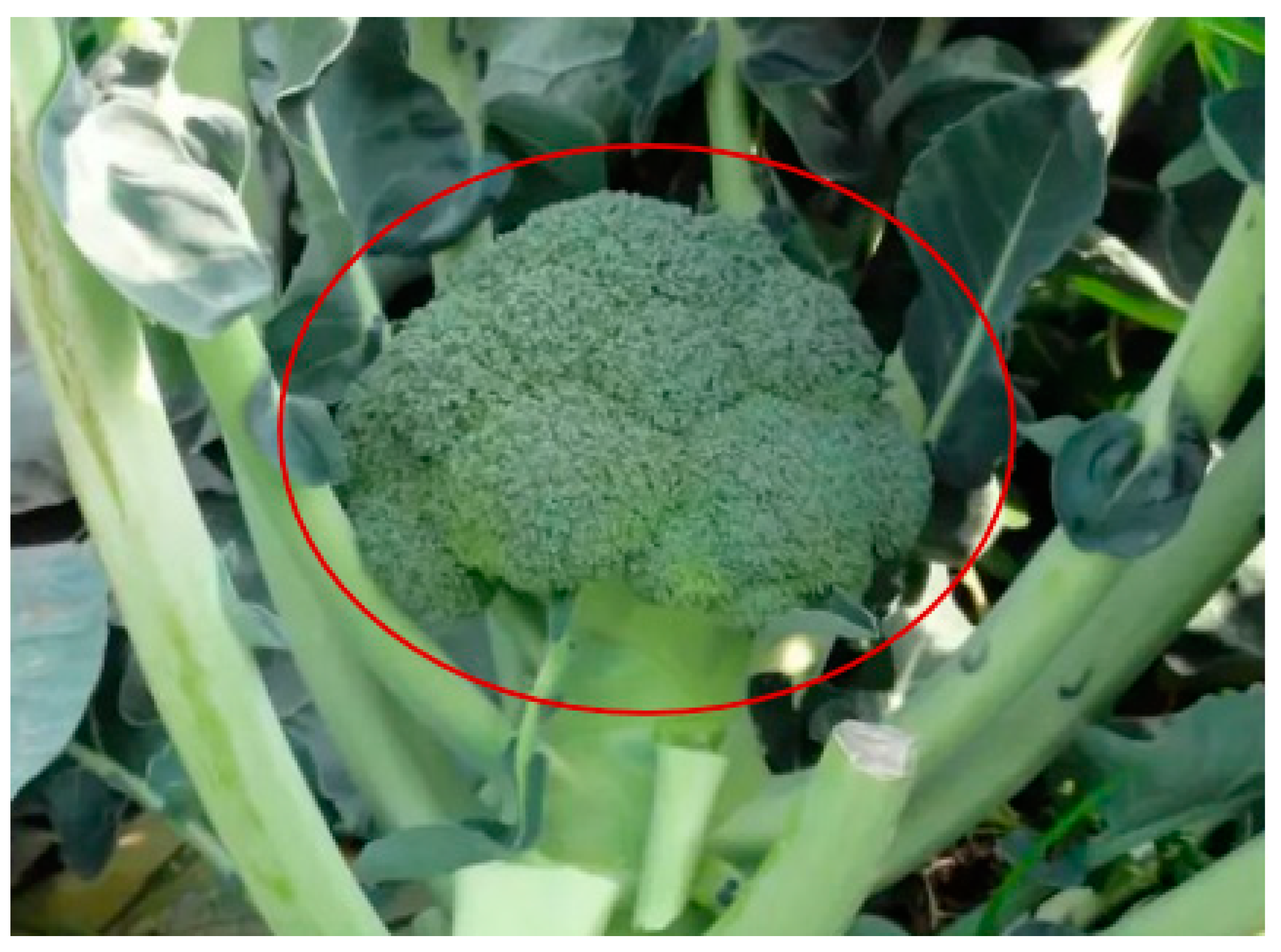

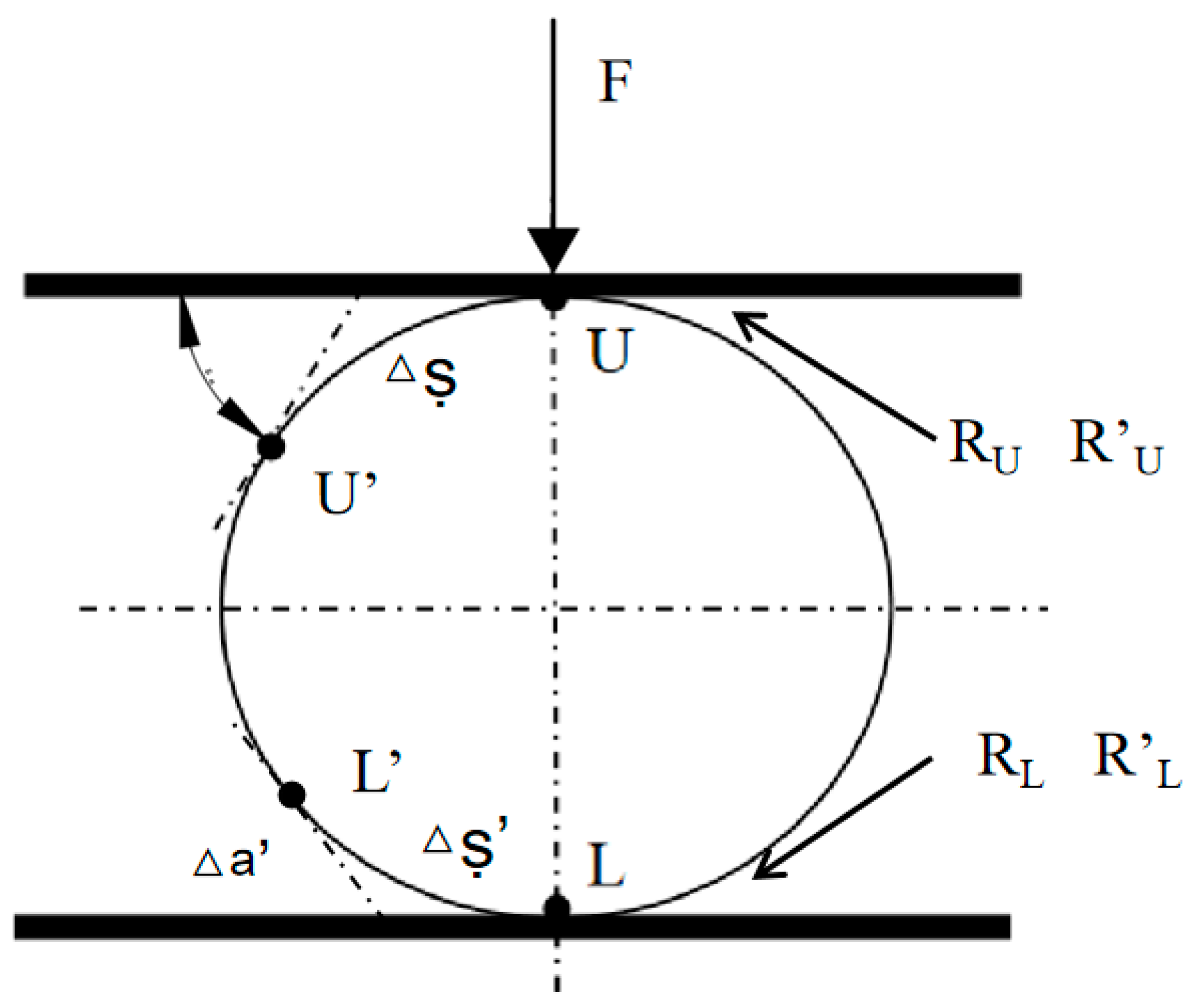
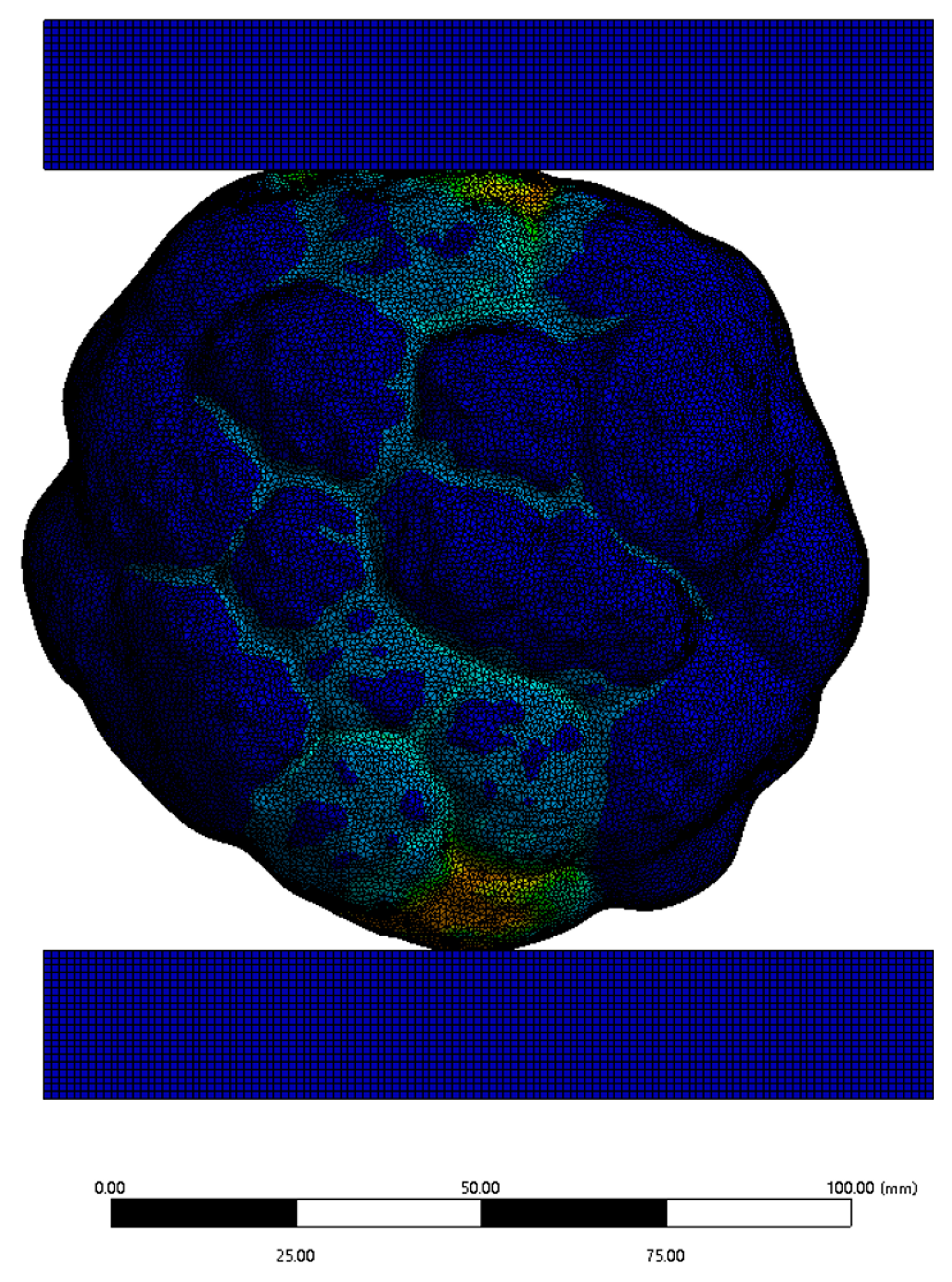

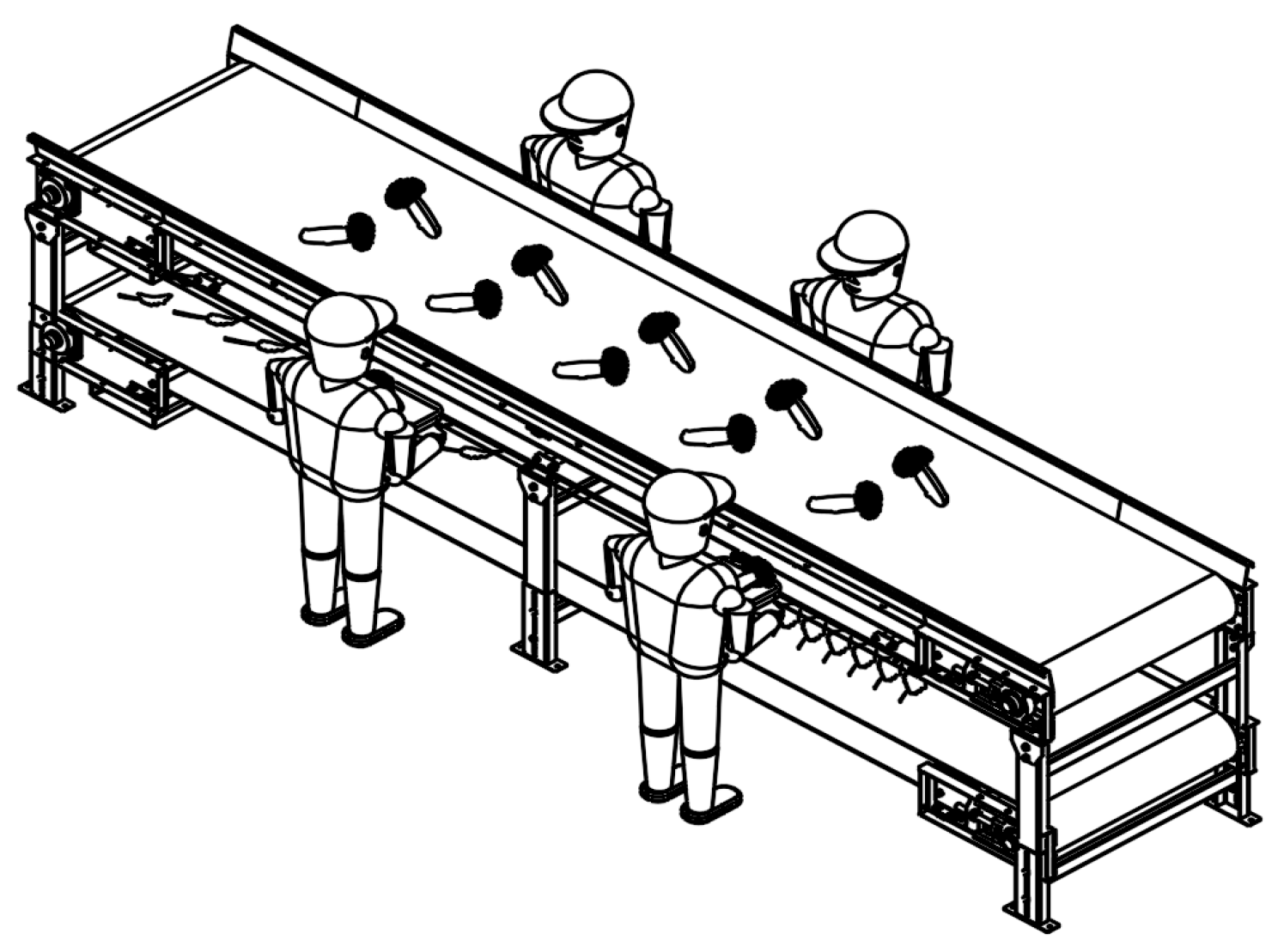
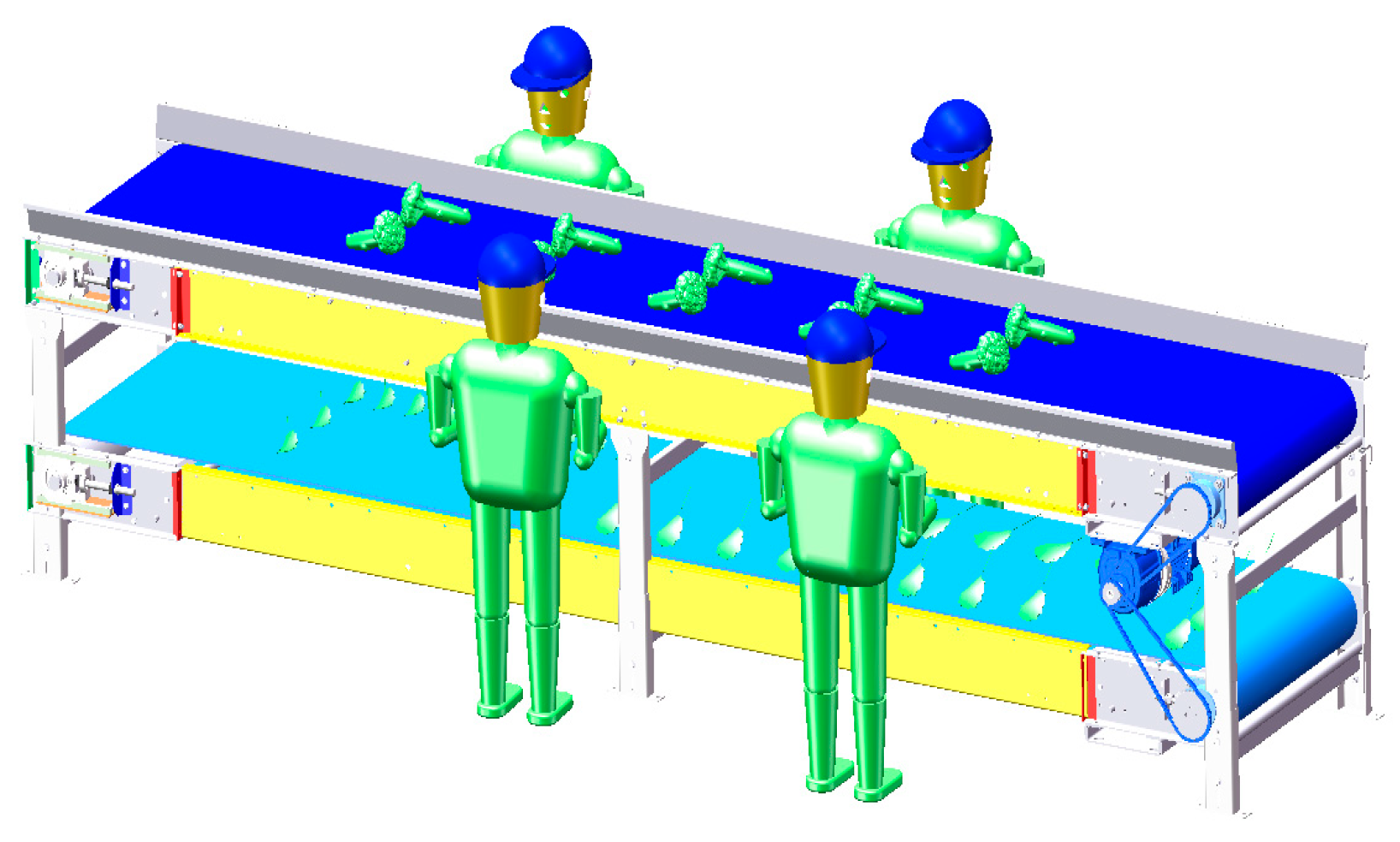
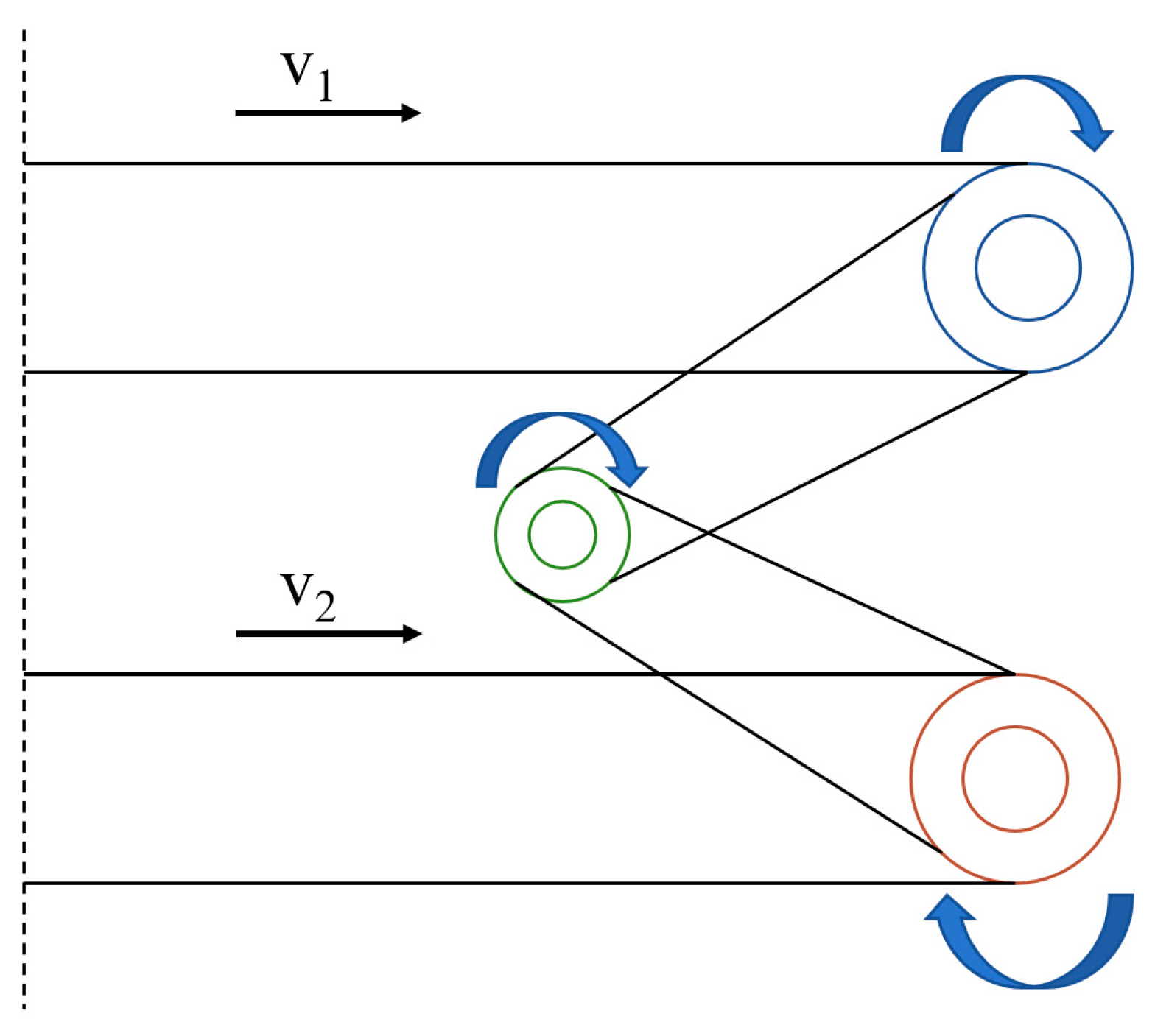
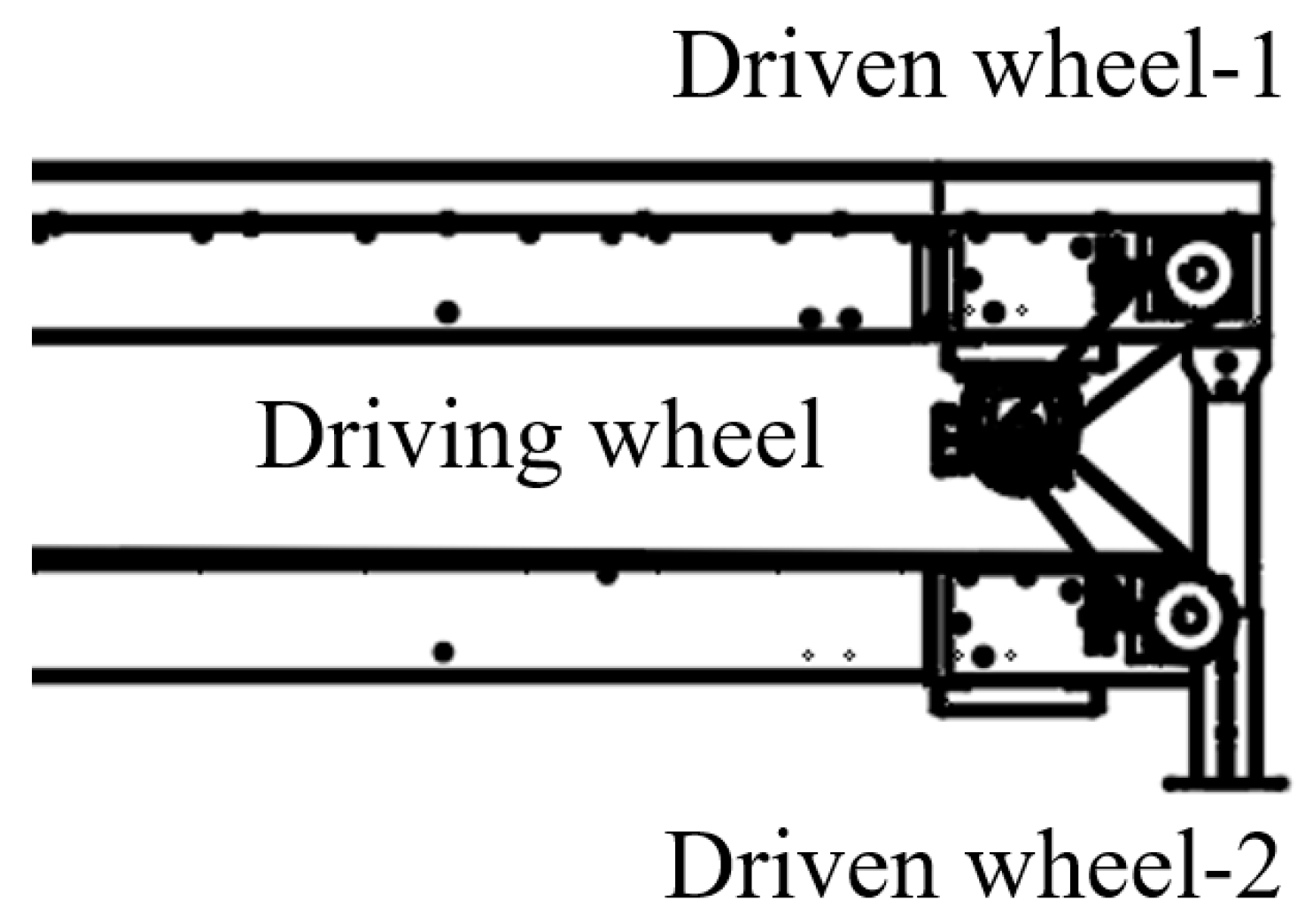
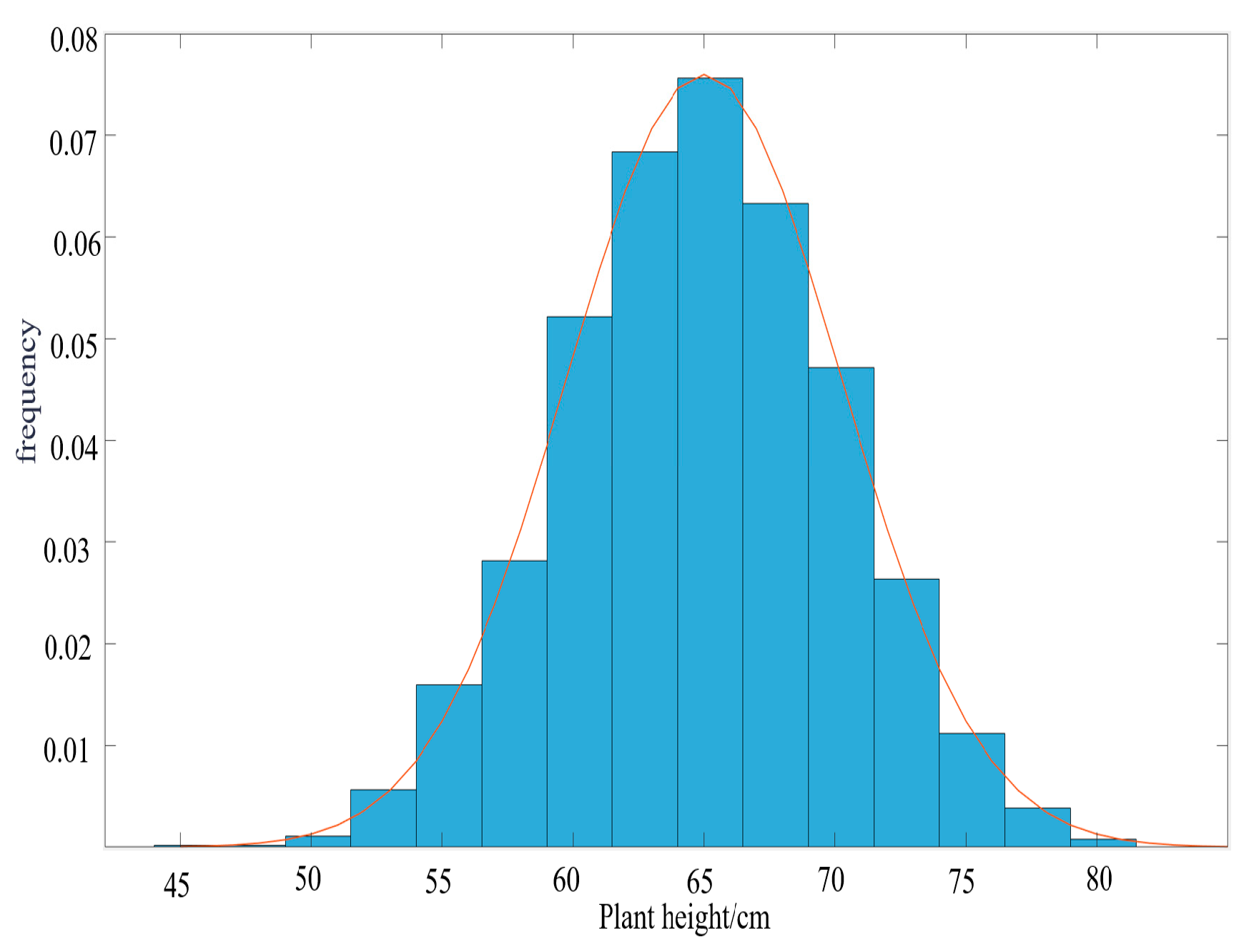
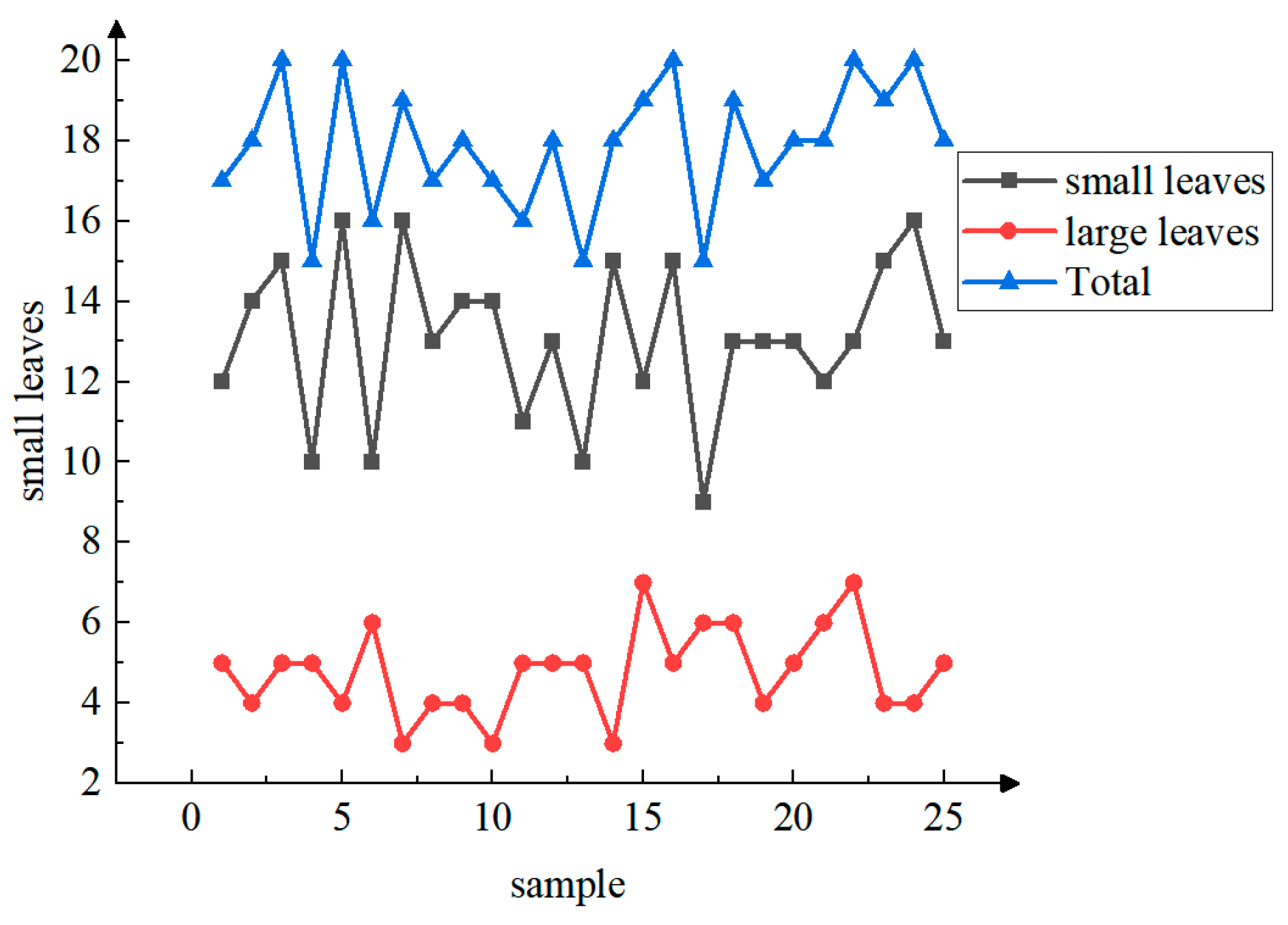
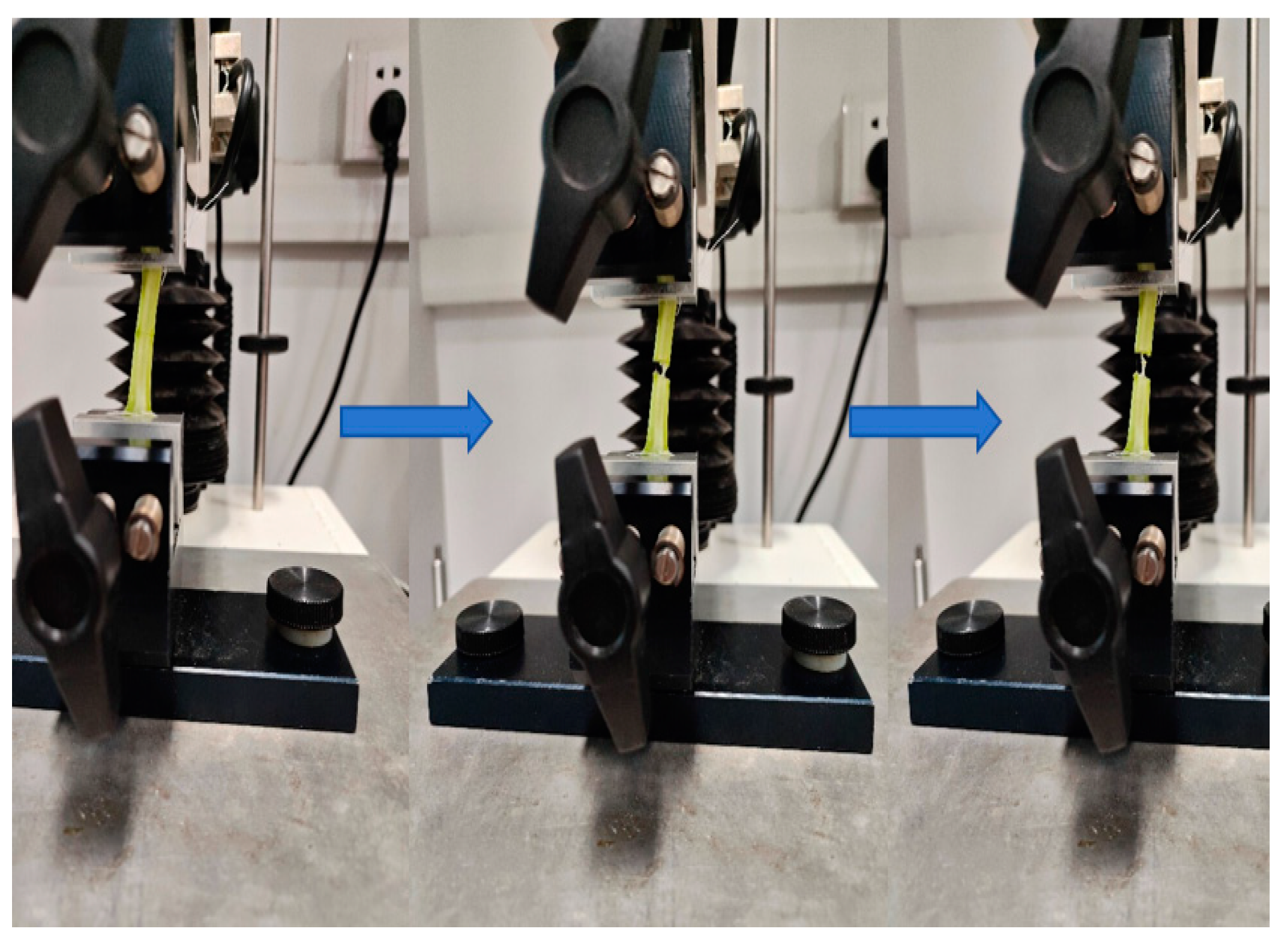
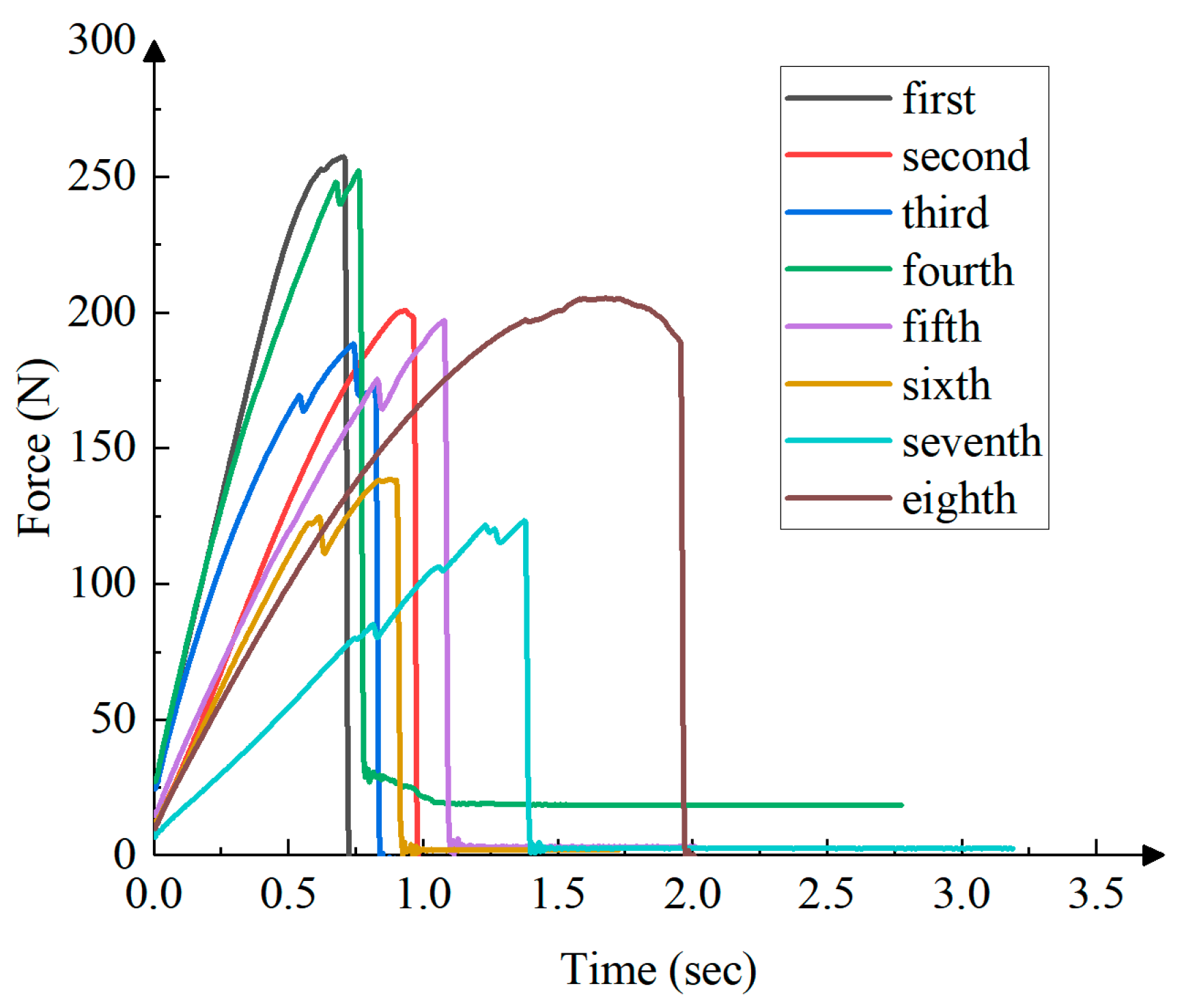

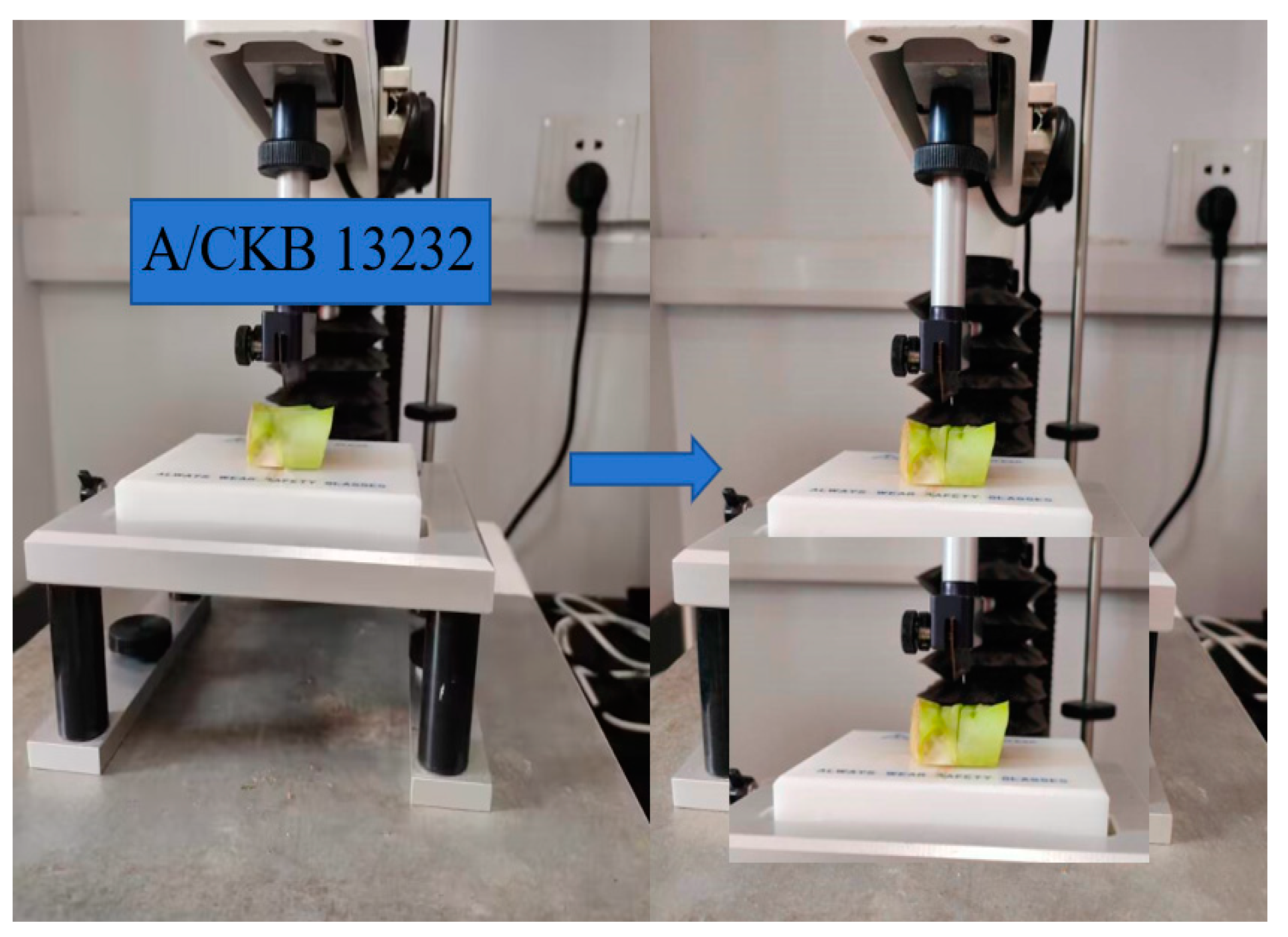
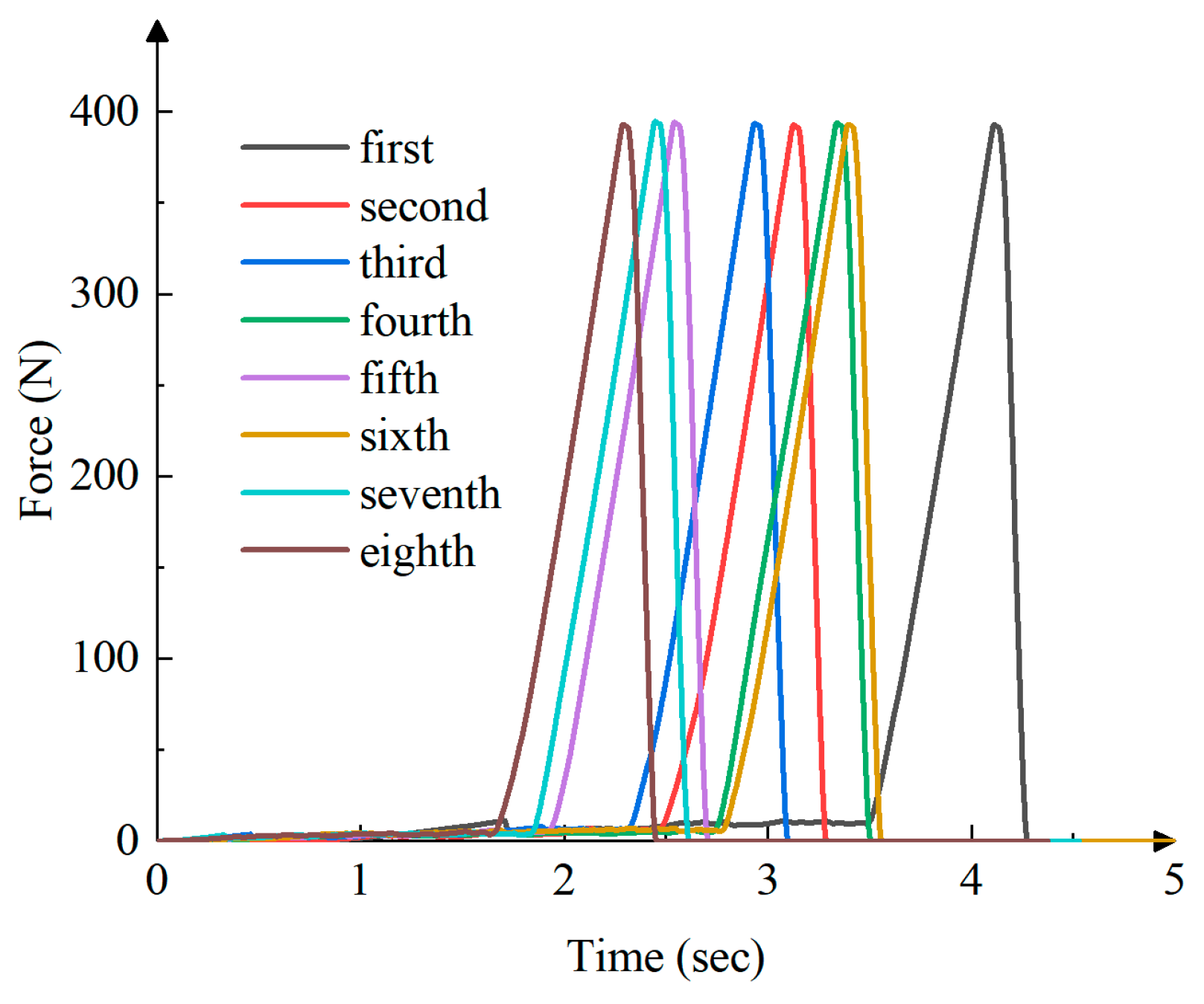
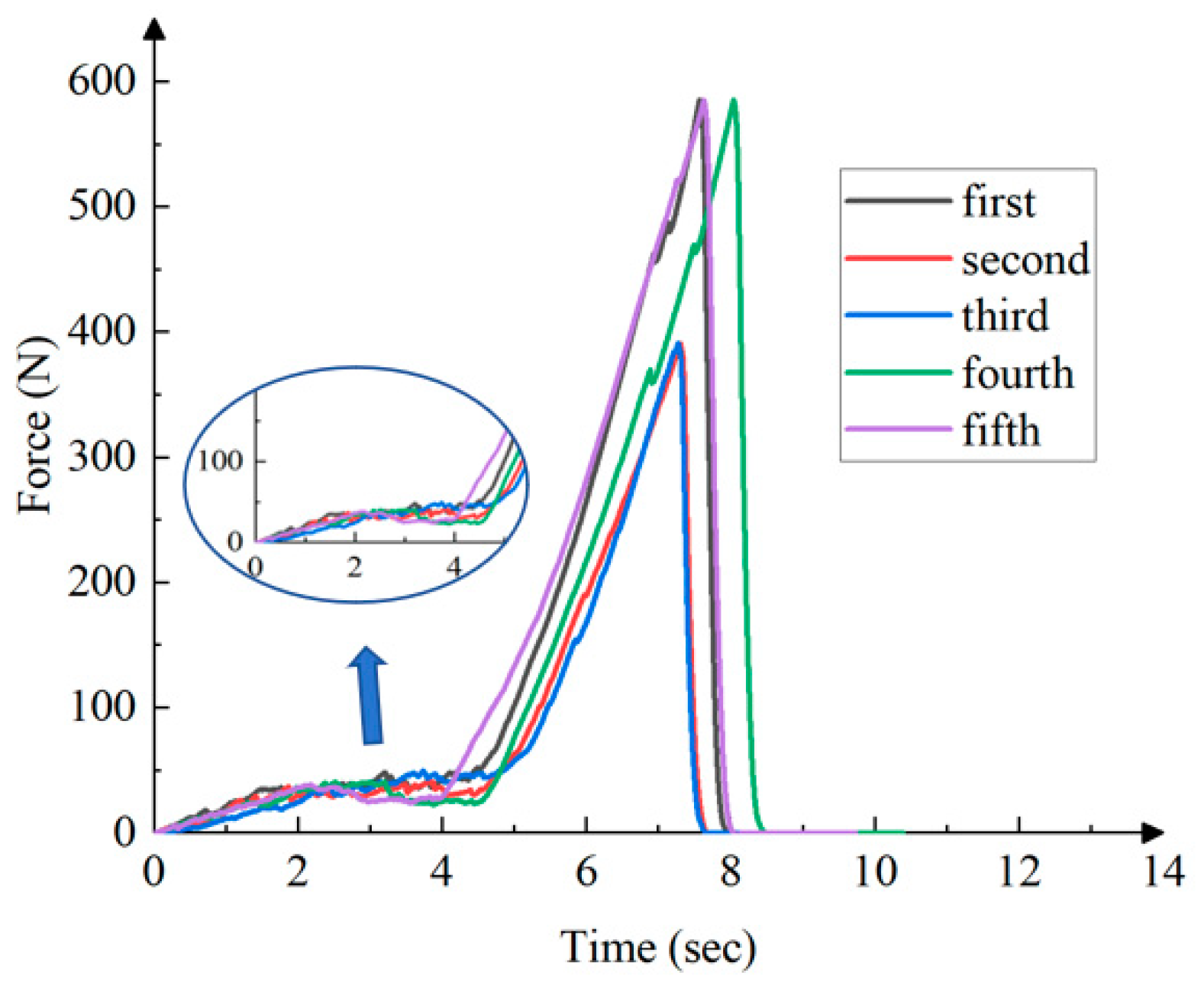
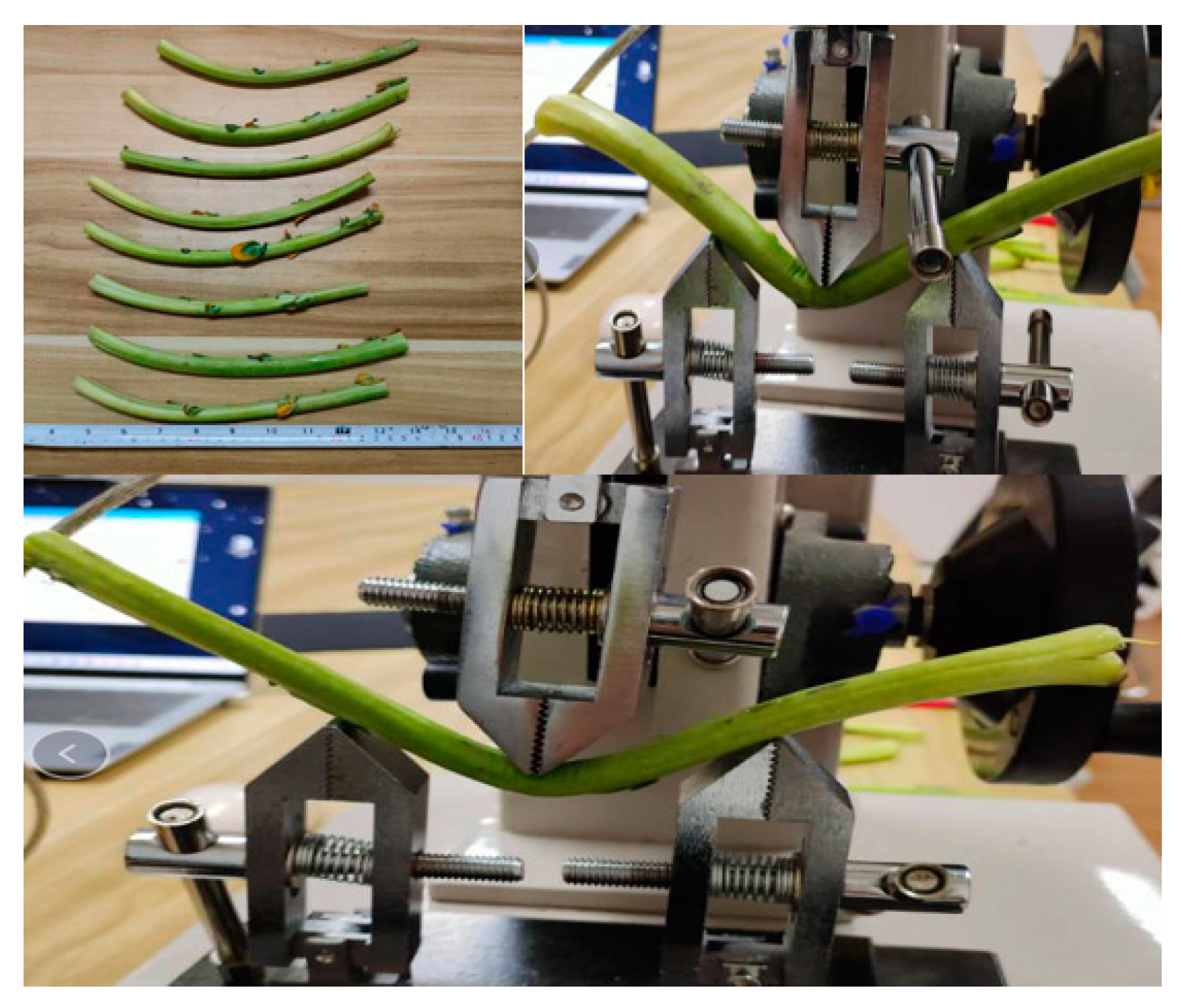
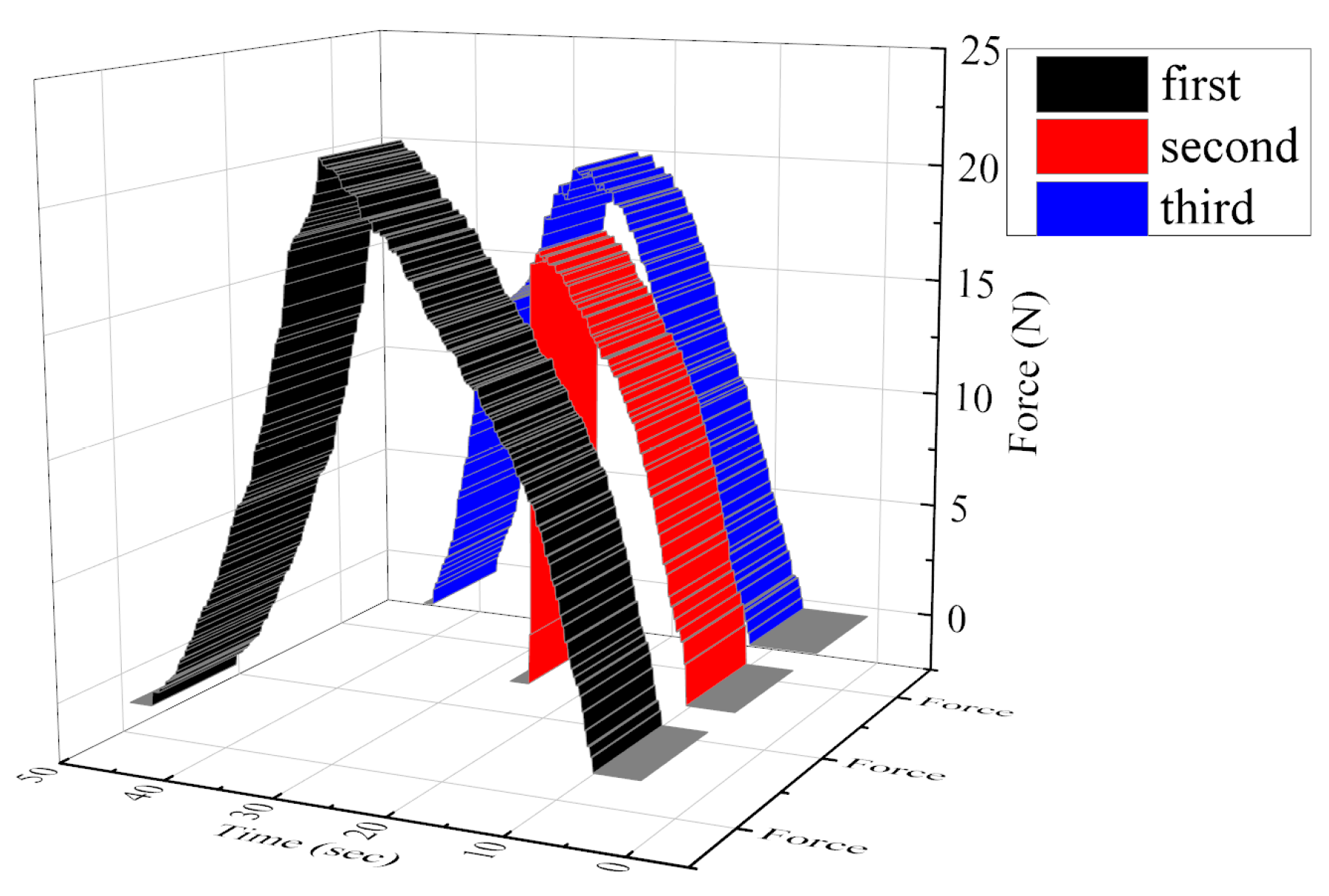
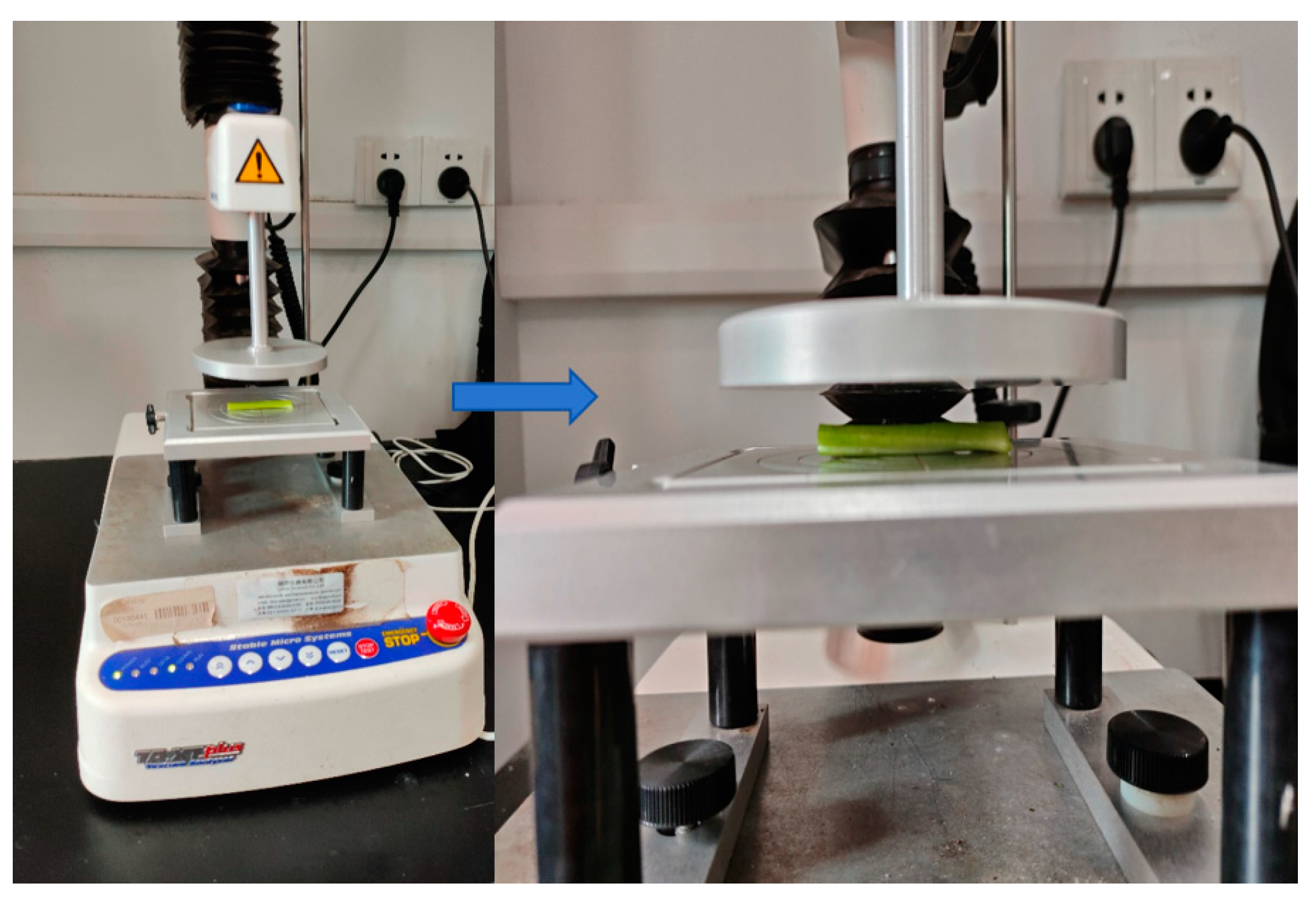

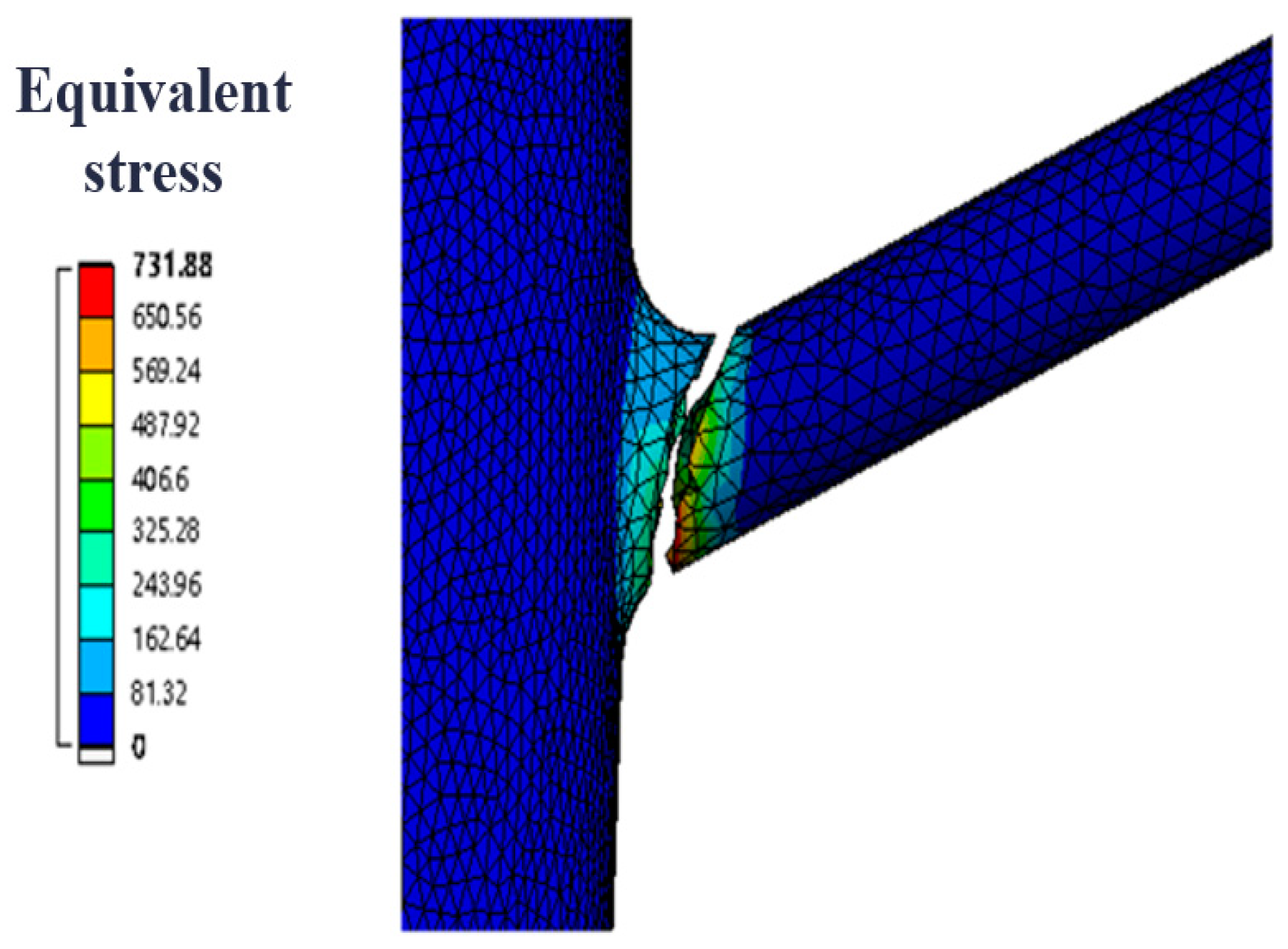


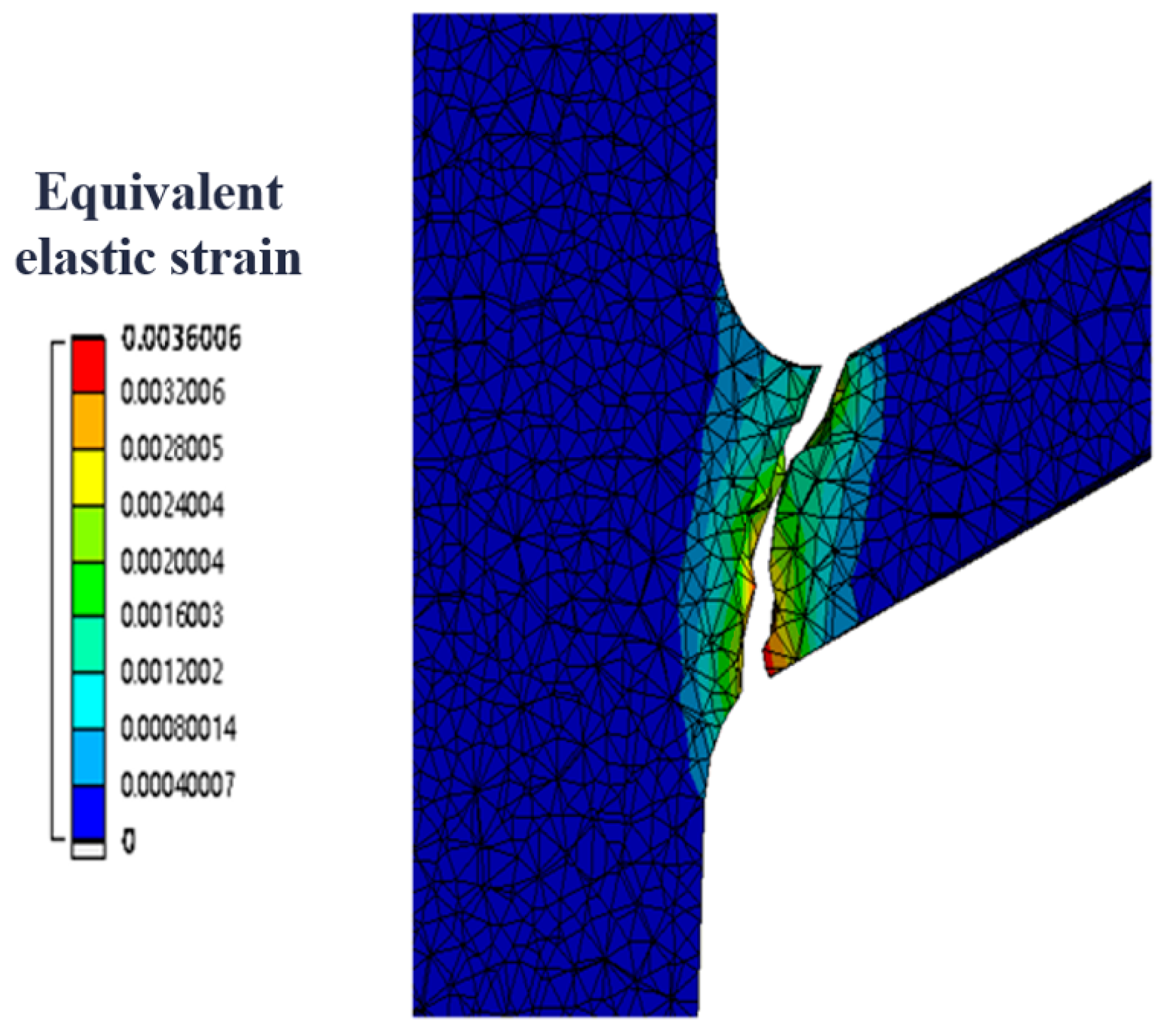



| Instrument Name | Parameter Type | Specification |
|---|---|---|
| TA.XTPLUS Texture analyzer | Range | 50 kg |
| Craft Knife Adaptor | Serial number | A/CKB 13232 |
| 3 Point Bend Rig | Serial number | HDP/3PB 13269 |
| Tensile Grips | Serial number | A/TG 13249 |
| Serial Number | Plant Height h1/cm | Stem Length h2/cm | Stem Diameter d1/mm | Leaf Spread l1/cm | Number of Small Leaves /Piece | Number of Large Leaves/Piece |
|---|---|---|---|---|---|---|
| 1 | 65 | 20 | 12 | 81 | 12 | 5 |
| 2 | 70 | 17 | 11 | 69 | 14 | 4 |
| 3 | 64 | 16 | 13 | 78 | 15 | 5 |
| 4 | 63 | 18 | 12 | 73 | 10 | 5 |
| 5 | 60 | 24 | 13 | 69 | 16 | 4 |
| 6 | 76 | 20 | 14 | 70 | 10 | 6 |
| 7 | 68 | 21 | 14 | 74 | 16 | 3 |
| 8 | 62 | 21 | 15 | 80 | 13 | 4 |
| 9 | 60 | 18 | 17 | 70 | 14 | 4 |
| 10 | 70 | 16 | 9 | 72 | 14 | 3 |
| 11 | 58 | 23 | 15 | 80 | 11 | 5 |
| 12 | 56 | 22 | 10 | 66 | 13 | 5 |
| 13 | 59 | 22 | 13 | 80 | 10 | 5 |
| 14 | 68 | 18 | 11 | 75 | 15 | 3 |
| 15 | 62 | 20 | 11 | 78 | 12 | 7 |
| 16 | 67 | 21 | 13 | 65 | 15 | 5 |
| 17 | 59 | 20 | 14 | 63 | 9 | 6 |
| 18 | 61 | 17 | 14 | 73 | 13 | 6 |
| 19 | 64 | 18 | 15 | 79 | 13 | 4 |
| 20 | 70 | 23 | 14 | 70 | 13 | 5 |
| 21 | 62 | 23 | 17 | 75 | 12 | 6 |
| 22 | 71 | 21 | 10 | 81 | 13 | 7 |
| 23 | 66 | 24 | 11 | 77 | 15 | 4 |
| 24 | 74 | 22 | 8 | 75 | 16 | 4 |
| 25 | 70 | 21 | 12 | 69 | 13 | 5 |
| Average value | 65.00 | 20.24 | 12.72 | 73.68 | 13.08 | 4.8 |
| Standard deviation | 5.25 | 2.42 | 2.28 | 5.27 | 2.00 | 1.12 |
| Sample | Epidermal Abrasion Area S/mm2 | Internal Tissue Damage Volume V/mm3 | Breaking Length L/mm |
|---|---|---|---|
| 1 | 201.06 | 27.88 | 52 |
| 2 | 197.92 | 17.67 | 78 |
| 3 | 172.79 | 4.46 | 44 |
| 4 | 235.62 | 53.93 | 57 |
| 5 | 289.03 | 42.67 | 50 |
| Mean value | 219.28 | 29.32 | 56.2 |
| Standard deviation | 44.95 | 19.62 | 13.05 |
| Item | Index Variability | Index Conflict | Amount of Information | Weight |
|---|---|---|---|---|
| 0.387 | 1.319 | 0.51 | 28.26% | |
| 0.397 | 1.224 | 0.485 | 26.89% | |
| 0.384 | 2.11 | 0.81 | 44.85% |
| Serial Number | A. Falling Height/mm | B. Contact Plate Angle/° | C. Contact Material | D. Initial Attitude | Damage Composite Index DCI |
|---|---|---|---|---|---|
| 1 | 1 (100) | 1 (0) | 1 (Steel plate) | 1 (Broccoli front down) | 0.17 |
| 2 | 1 (100) | 2 (15) | 2 (Rubber sheet) | 2 (Broccoli side down) | 0.10 |
| 3 | 1 (100) | 3 (30) | 3 (Rubber sheet) | 3 (Broccoli front up) | 0.03 |
| 4 | 2 (300) | 1 (0) | 2 (Rubber sheet) | 3 (Broccoli front up) | 0.16 |
| 5 | 2 (300) | 2 (15) | 3 (Rubber sheet) | 1 (Broccoli front down) | 0.24 |
| 6 | 2 (300) | 3 (30) | 1 (Steel plate) | 2 (Broccoli side down) | 0.33 |
| 7 | 3 (500) | 1 (0) | 3 (Rubber sheet) | 2 (Broccoli side down) | 0.56 |
| 8 | 3 (500) | 2 (15) | 1 (Steel plate) | 3 (Broccoli front up) | 0.72 |
| 9 | 3 (500) W | 3 (30) | 2 (Rubber sheet) | 1 (Broccoli front down) | 0.69 |
| Source of Variance | Degree of Freedom | Adj SS | Adj MS | F | P |
|---|---|---|---|---|---|
| A | 2 | 0.501 | 0.251 | 82.626 | 0.012 |
| C | 2 | 0.027 | 0.013 | 4.385 | 0.186 |
| D | 2 | 0.006 | 0.003 | 1.000 | 0.500 |
| error (B) | 2 | 0.006 | 0.003 | ||
| total | 9 | 1.540 |
Disclaimer/Publisher’s Note: The statements, opinions and data contained in all publications are solely those of the individual author(s) and contributor(s) and not of MDPI and/or the editor(s). MDPI and/or the editor(s) disclaim responsibility for any injury to people or property resulting from any ideas, methods, instructions or products referred to in the content. |
© 2024 by the authors. Licensee MDPI, Basel, Switzerland. This article is an open access article distributed under the terms and conditions of the Creative Commons Attribution (CC BY) license (https://creativecommons.org/licenses/by/4.0/).
Share and Cite
Cao, Y.; Tang, Z.; Lu, D.; Lin, S. Performance Test of Artificial Defoliating Broccoli Conveyor Line and Analysis of Defoliating Broccoli Inflorescences. Agronomy 2024, 14, 1925. https://doi.org/10.3390/agronomy14091925
Cao Y, Tang Z, Lu D, Lin S. Performance Test of Artificial Defoliating Broccoli Conveyor Line and Analysis of Defoliating Broccoli Inflorescences. Agronomy. 2024; 14(9):1925. https://doi.org/10.3390/agronomy14091925
Chicago/Turabian StyleCao, Yunlong, Zhong Tang, Daipeng Lu, and Shenbo Lin. 2024. "Performance Test of Artificial Defoliating Broccoli Conveyor Line and Analysis of Defoliating Broccoli Inflorescences" Agronomy 14, no. 9: 1925. https://doi.org/10.3390/agronomy14091925





